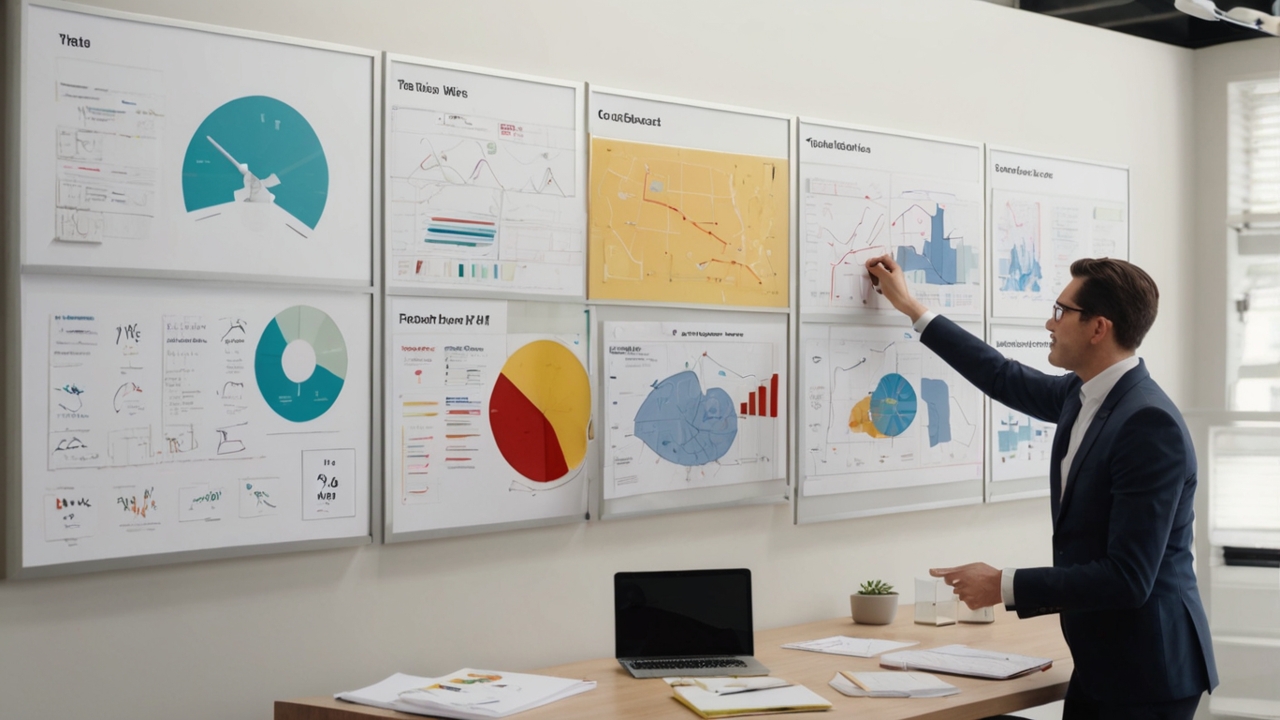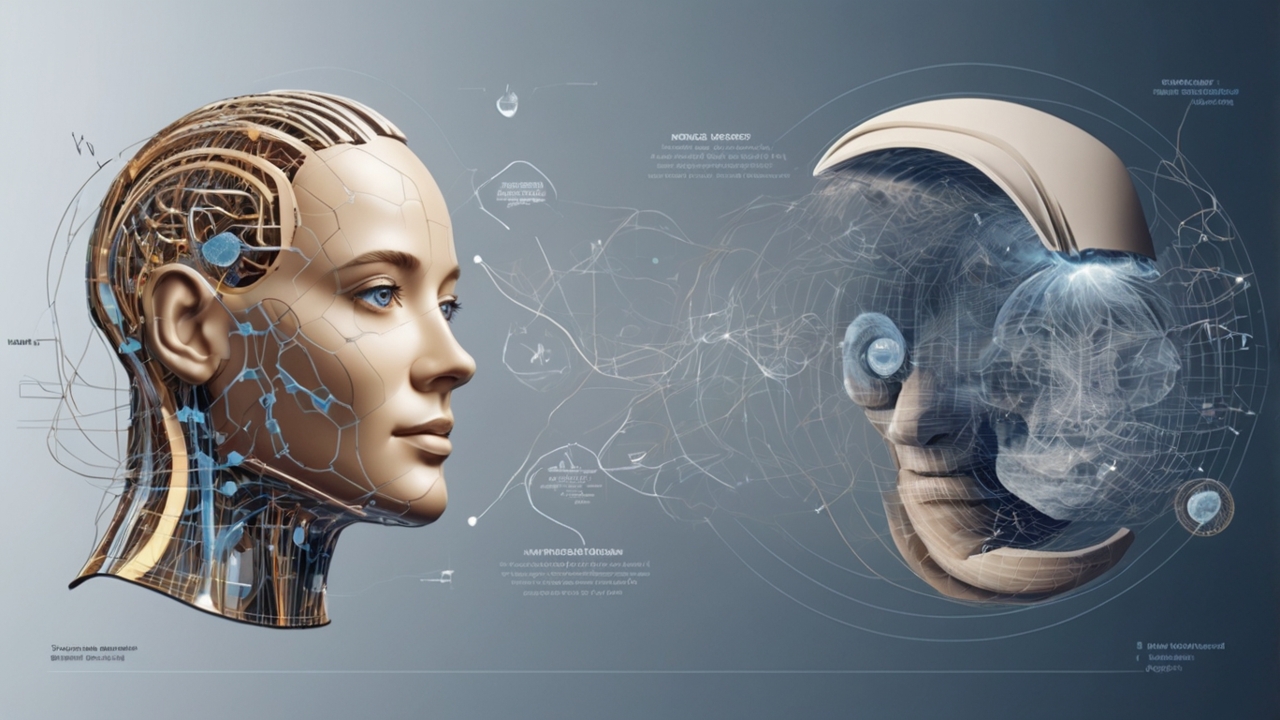Mayumiotero – Artificial Intelligence (AI) is revolutionizing how homeowners approach interior design. One of the key breakthroughs is AI-enhanced color grading. By analyzing room lighting, furniture textures, and spatial dynamics, AI suggests ideal color schemes tailored to personal preferences. This technology helps create cohesive environments without the need for professional intervention.
“Read more: Unlocking Your Potential: Strategies for the Modern World“
Personalization Through Data Learning
AI systems learn from a vast database of interior styles, lighting effects, and user preferences. As a result, these platforms can recommend palettes that reflect individual personalities. From cozy pastels to bold contrasts, the process becomes both efficient and emotionally connected. It’s like having an interior stylist available on-demand.
How AI Tools Improve Visual Accuracy
Traditionally, imagining color outcomes before painting was a guessing game. Today, AI tools generate realistic renders, showing how shades react to natural light throughout the day. This visual precision eliminates costly mistakes. Therefore, homeowners gain more confidence in their decisions, backed by smart simulations and predictive modeling.
Streamlining the Design Process
Because AI platforms handle complex computations, they reduce the time needed for trial-and-error design. Users simply upload room images, select desired moods, and receive AI-generated color recommendations. Moreover, some tools even sync with smart lighting systems, adapting wall tones dynamically based on mood settings or time of day.
Benefits Beyond Aesthetics
AI-enhanced color grading also contributes to wellness. For instance, it can suggest calming hues for bedrooms or energizing schemes for home offices. As the demand for mindful living rises, AI enables interiors that promote focus, relaxation, or creativity—making design both aesthetic and functional.



